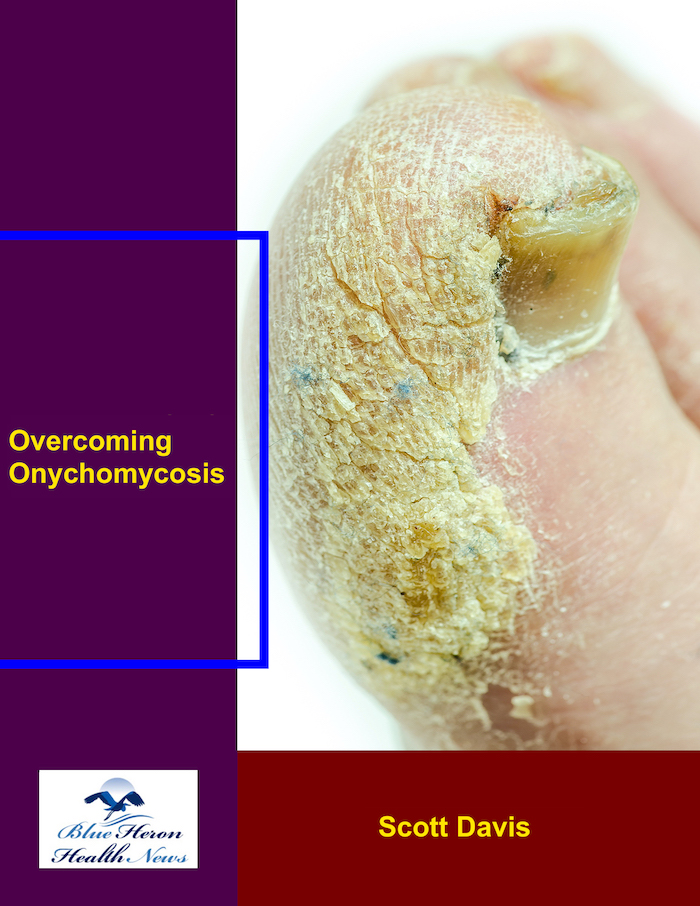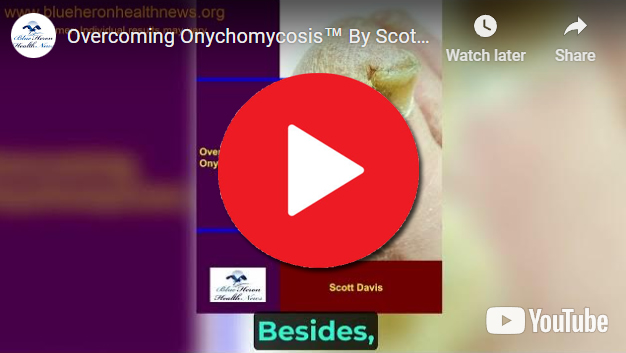
Overcoming Onychomycosis™ By Scott Davis It is a simple, natural, and all-in-one solution for onychomycosis. The program can help you to treat your nail fungus naturally. Once you follow this program, you do not need to spend on expensive treatments to prevent a recurrence. In brief, you can have a proven solution for your chronic nail fungus. Besides, the program is easy to follow, and most users find it effective against onychomycosis.
How can one improve overall foot health to prevent onychomycosis?
Improving overall foot health to prevent onychomycosis (fungal nail infection) involves maintaining proper hygiene, keeping the feet and nails in good condition, and reducing the risk factors that contribute to fungal infections. Here are some effective strategies to help prevent onychomycosis:
1. Keep Feet Clean and Dry
- Wash Feet Regularly: Clean your feet daily with warm water and mild soap. Make sure to dry them thoroughly, especially between the toes, as moisture can encourage fungal growth.
- Dry Feet Properly: After washing, dry your feet completely, especially between the toes where moisture can linger. Consider using a towel or a hairdryer on a cool setting to ensure they are thoroughly dry.
2. Trim Nails Regularly
- Cut Nails Straight Across: Trim your toenails straight across to prevent ingrown nails, which can create an entry point for fungi.
- Avoid Cutting Too Short: Cutting nails too short can cause irritation and allow fungi to enter the nail bed.
- Use Clean, Sharp Tools: Ensure that nail clippers or scissors are clean and sharp to prevent injury or damage to the nails and surrounding skin.
3. Wear Breathable Shoes
- Choose Shoes Made of Breathable Materials: Opt for shoes made of materials like leather, mesh, or canvas that allow your feet to breathe. This reduces moisture build-up that can create an ideal environment for fungal infections.
- Avoid Tight Shoes: Tight or ill-fitting shoes can cause friction and trapping of moisture, increasing the risk of fungal infections.
- Change Shoes Regularly: Avoid wearing the same pair of shoes every day. Give shoes time to air out and dry completely between uses.
4. Wear Socks That Absorb Moisture
- Choose Moisture-Wicking Socks: Wear socks made of natural fibers like cotton, or synthetic materials designed to wick moisture away from the feet. Avoid wearing socks made entirely of synthetic fibers, as they can trap moisture.
- Change Socks Frequently: Change your socks if they become damp, especially after exercise or if you’ve been walking for a long time.
5. Avoid Walking Barefoot in Public Areas
- Wear Flip-Flops or Sandals in Public Showers: Public places like swimming pools, gyms, and locker rooms can harbor fungi. Always wear flip-flops or sandals in these areas to prevent direct contact with surfaces that may be contaminated.
- Protect Your Feet at the Beach: Walking barefoot on sandy beaches or in wet areas may expose your feet to fungi. Be mindful of where you walk, and consider wearing waterproof shoes or sandals.
6. Maintain Healthy Skin and Nails
- Moisturize: Apply a foot cream or lotion to your feet to prevent dry, cracked skin, which can provide an entry point for infections.
- Keep Nails Healthy: Avoid using harsh chemicals or nail polishes for prolonged periods that can damage the nails. Ensure that any nail polish or gel nail treatments are removed properly to allow the nails to breathe.
7. Avoid Sharing Personal Items
- Do Not Share Nail Tools: Never share nail clippers, scissors, or other personal grooming tools, as this can spread fungal infections.
- Use Personal Towels: Always use your own towel, especially in public spaces or when staying at hotels, to avoid potential exposure to fungal spores.
8. Treat Sweaty Feet
- Use Foot Powder: If you have sweaty feet, use a foot powder or antifungal powder to help keep your feet dry and prevent fungal growth.
- Foot Antiperspirants: For persistent sweat problems, consider using foot antiperspirants, which can reduce excessive sweating.
9. Strengthen Your Immune System
- Maintain a Healthy Diet: Eat a balanced diet rich in vitamins and minerals, particularly those that support skin health and immune function, such as vitamins A, C, and E, and zinc.
- Stay Hydrated: Drink plenty of water to keep your skin and nails hydrated and resilient to infections.
10. Monitor for Early Signs of Infection
- Watch for Changes in Nails: Regularly inspect your nails for any signs of fungal infection, such as discoloration, thickening, crumbling, or unusual odors. Early treatment can prevent the infection from spreading.
- Act Quickly: If you notice any signs of fungal infections, such as yellowing or thickening of the nails, apply an over-the-counter antifungal treatment or seek medical advice.
11. Consult a Healthcare Provider for Persistent Issues
- Seek Professional Advice: If you have any concerns about the health of your nails or feet, or if you notice signs of fungal infections that do not improve with over-the-counter treatments, consult a healthcare provider or dermatologist. They can prescribe stronger antifungal medications if necessary.
By following these preventive measures and maintaining good foot hygiene, you can significantly reduce the risk of developing onychomycosis and maintain overall foot health.
Overcoming Onychomycosis™ By Scott Davis It is a simple, natural, and all-in-one solution for onychomycosis. The program can help you to treat your nail fungus naturally. Once you follow this program, you do not need to spend on expensive treatments to prevent a recurrence. In brief, you can have a proven solution for your chronic nail fungus. Besides, the program is easy to follow, and most users find it effective against onychomycosis
